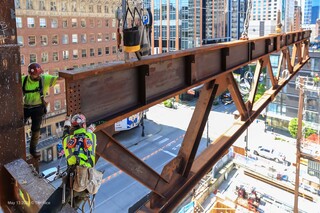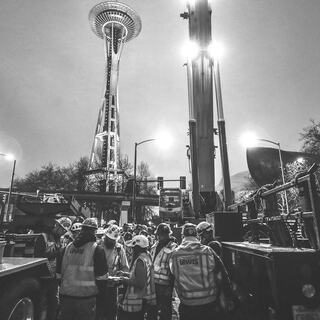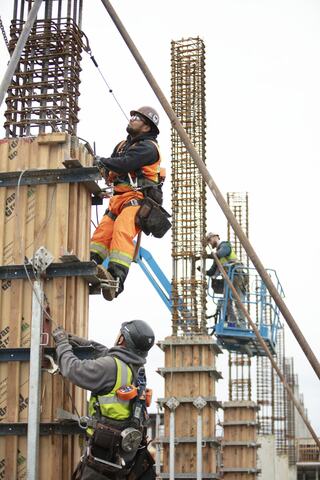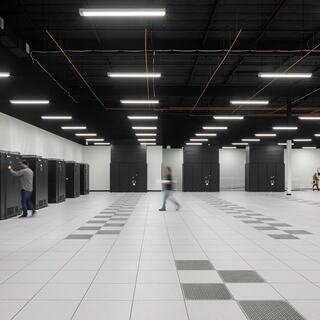Safety

A CULTURE OF SAFETY
At Lewis, safety is everyone’s responsibility. It’s not limited to a department or role. We all play a part in protecting ourselves and each other. Through leadership and teamwork, we create a safe work environment. We speak up and take action when we see something unsafe.

FROM TOP TO BOTTOM
Our core value
Our safety culture is lived and led at every level of the organization, from the CEO to apprentice carpenters. We hold ourselves and one another accountable by acting with care, speaking up, choosing safe practices, and expecting the same commitment from our trade partners. We foster an environment of open and honest communication, where raising concerns or stopping unsafe actions is encouraged and never penalized. We continuously improve our processes and use the best equipment available.
Working safe for life

We're a team of professionals driven by genuine care and concern for colleagues and their families. We are accountable for protecting ourselves and one another at all times. We are united in our mutual commitment to achieving zero injuries.
Planning
We plan our work. When conditions change, we stop and then plan again.
Environment
We create an environment of trust and respect that promotes safe execution of our work through smart logistics, clear pathways, and impeccable housekeeping.
Assessment
We continuously monitor and assess our activities for safety and address concerns promptly.
Training
We educate ourselves on safety best practices and relevant regulations.

SUPPORTING MENTAL HEALTH
Lines for Life
In May 2025, Lewis joined nonprofit Lines for Life and a peer group of leading general contractors to launch a suicide-prevention initiative for construction workers. Together, we introduced the Construction CareLine, a free, 24/7 crisis and support line.
Learn more(Link opens in new window)
A FOUNDING MEMBER
AGC Safety Committee
In 1990, Lewis helped launch AGC of Washington's Safety Team, pioneering a first-of-its-kind safety management program that set a new standard for the industry. Only select companies have participated every year since, and we’re proud to be one of them.
Read more(Link opens in new window)
TEAM SPOTLIGHT

“High-performance teams start each day with a well-rounded plan that accounts for every task, condition, and team member. From timeline and materials to weather and workforce, all factors are considered to anticipate challenges and ensure safe, efficient work. Success depends on everyone.”